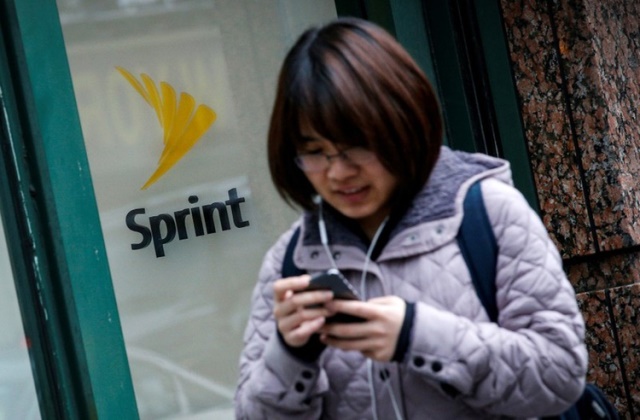Sprint Corporation has slashed its network related capital expenditure (Capex) in the recent three quarters.

Sprint’s Capex decreased to $1.062 billion in Q3 2019 as compared with $1.109 billion in Q2 2019 and $1.416 billion in Q1 2019.
Sprint, the fourth largest telecom carrier in the United States, served 54.2 million connections as of December 31, 2019.
Total operating revenue of Sprint fell 6.1 percent to $8.08 billion. The company also reported a net loss of $120 million, operating income of $66 million, and adjusted EBITDA of $2.5 billion.
Opensignal in its latest report said the fastest average download speeds for users were clocked on Verizon’s network at 45.6 Mbps in Dayton, Ohio and on T-Mobile at 44.2 Mbps in Grand Rapids, Michigan.
The latest Opensignal report said users on Sprint recorded 14.2 Mbps download speeds in markets such as York, Pennsylvania.
The company on Monday said it lost 115,000 post-paid phone subscribers during the quarter ended Dec 31.
Sprint is facing a multi-state lawsuit against its $26-billion proposed merger with larger rival T-Mobile US.
T-Mobile and Sprint have said the merger will not lead to higher prices for consumers and would allow it to compete effectively with dominant carriers Verizon Communications and AT&T.
Sprint digital capabilities
Sprint has enhanced its digital capabilities. Post-paid gross additions in digital channels increased 80 percent. Post-paid upgrades in digital channels increased more than 40 percent. More than 25 percent of all targeted customer care web chats are performed by virtual agents using artificial intelligence.
Sprint said web conversions improved and orders from digital media more than doubled.
These digital initiatives have contributed to more efficient acquisition of new customers, along with lower customer care costs.
Sprint Capex
Sprint has 2.5 GHz spectrum deployed on its existing macro sites. The company has rolled out Massive MIMO technology that improves network capacity, enhances LTE performance, and allows for simultaneous use of spectrum for LTE and 5G. The company has thousands of Massive MIMO sites on-air across the country.
Sprint has approximately 37,000 outdoor small cells deployed including both mini macros and strand mounts.
These deployments have resulted into improvement in performance and increase in capacity in Sprint’s network.
Ookla Speedtest Intelligence data shows that Sprint has the second fastest network and being the most improved operator in calendar 2019 with a 45 percent year-over-year increase in its national average download speeds.
Sprint has expanded its True Mobile 5G network coverage to approximately 20 million people within nine metropolitan areas – Atlanta, Chicago, Dallas-Fort Worth, Houston, Kansas City, Los Angeles, New York City, Phoenix and Washington, D.C. Sprint’s average 5G download speed was 215 Mbps more than 5X faster than Sprint LTE.
